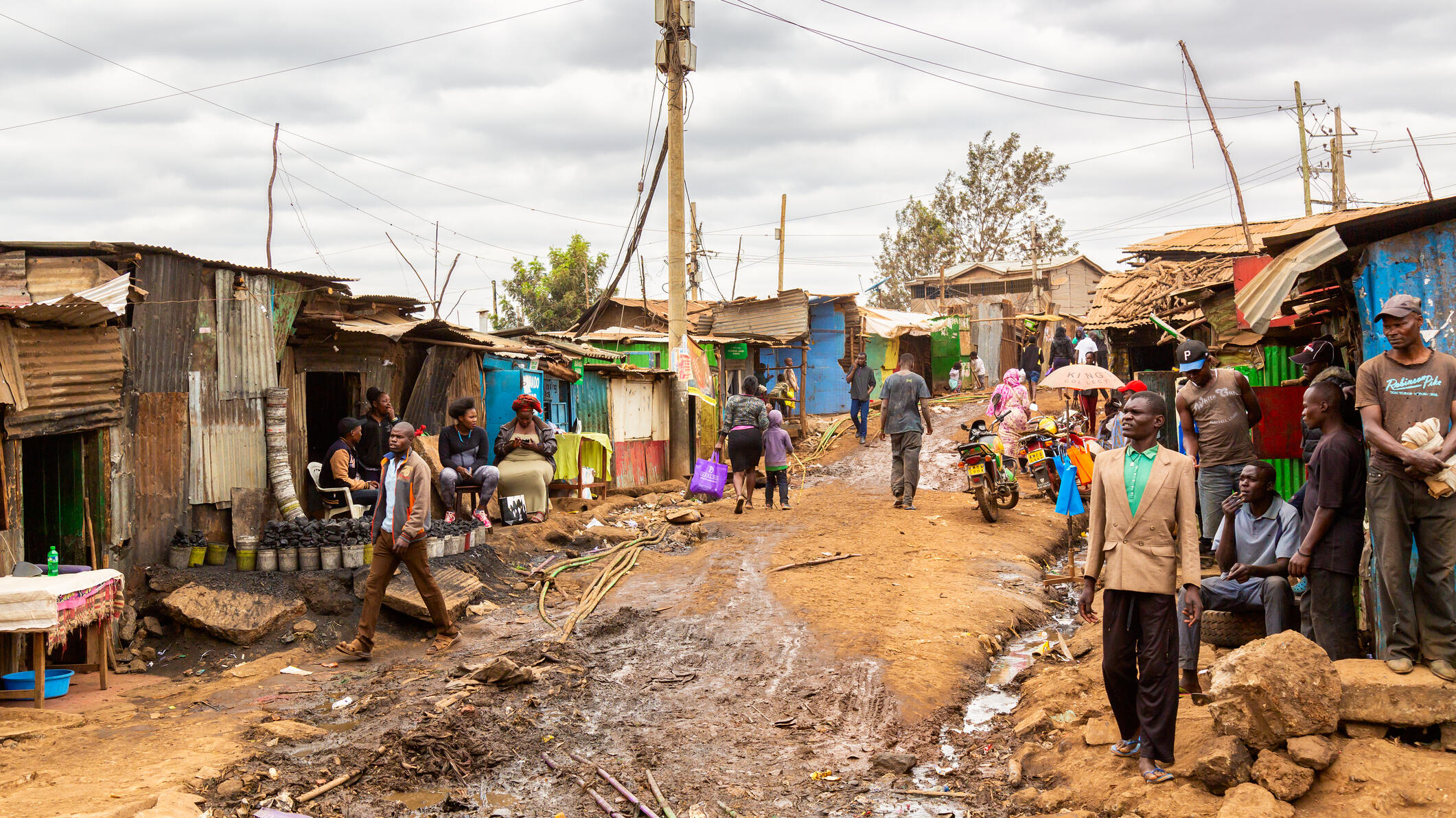
“Today I am calling for coordinated multi-sectoral action to address the social determinants of TB in the next Stop TB Partnership Global Plan to End TB by 2030. We have done this before in high-income countries, with great success. Would it be too much to ask for partners to target social drivers to end this disease in low and middle-income countries too?”
Dr Chakaya Muhwa, LIGHT’s Principal Investigator at ReSoK
Despite significant progress, tuberculosis (TB) remains a major public health concern. It is a top killer worldwide, accounting for close to 4,000 deaths daily. This is even though TB is a preventable and treatable disease.
The 67th World Health Assembly in 2014 adopted WHO’s ambitious End TB strategy with a vision of making the world free of TB and with the goal to end the global TB epidemic by 2035. The Strategy has bold targets. These are to reduce TB deaths and incidence by 95% and 90% respectively by 2035 compared to levels in 2015 and ensure that no one faces catastrophic costs due to TB. Heads of State and Government and representatives of States and Governments reaffirmed their commitments to ending the TB epidemic globally at the first United Nations High-Level Meeting on the Fight Against TB in September 2018. They set priority actions, investments, and innovations to accelerate progress towards End TB targets.
A biomedical approach alone is not enough to end TB
The current trajectory in the decline in TB remains too slow to meet the 2035 targets that the WHO has set. This is hard to reconcile with the significant decline in TB in high-income European countries during the last century, when decreases were far higher than now. In fact, TB was in decline decades before effective TB testing and treatment existed.
Why is this the case? A major barrier to progress has been that the global response has not addressed the social determinants of TB. Medical interventions, which have been at the centre of the global response, should be accompanied by efforts to address poverty and other social determinants to meet targets to end TB.
We have known for over a century that poverty is the main driver of TB. Poverty-linked social and economic determinants include poor living conditions, psychosocial circumstances as well as behavioural risk factors e.g., smoking increase the risk of developing TB disease. Poorer people are more likely to have adverse TB treatment outcomes. The post-industrial decline in TB was largely driven by improvements in socio-economic and living standards in Europe. This is linked to a larger gross domestic product (GDP) and higher spending on social protection in Europe and worldwide. However, GDP increases in many high TB burden countries in low and middle-income countries (LMICs) have not led to a similar decline in TB. Wide disparities in the distribution of wealth within many LMICs may be a key feature of the persistent burden of TB in these countries. In sub-Saharan Africa, TB disease is further fuelled by the HIV pandemic, also driven by a range of socio-economic factors.
TB: the exemplar infectious disease of poverty
TB affects the poor much more than other income groups. For example, people are at much greater risk of contracting TB if they live in overcrowded conditions, or face undernutrition and poor sanitation. Because opportunities to make a living from agriculture in many LMICs are declining, young people are moving into towns and cities to make a living. This results in the concomitant expansion of urban slums, where people are facing poor living conditions, limited amenities, high levels of food insecurity, soaring population density and household crowding. These socioeconomic conditions intersect to increase individual, household, and community level risk of TB infection and disease. It is not surprising then that in many high-burden LMICs, TB is increasingly affecting people living in urban settings. Nairobi, for example, is home to about 8% of the total population of Kenya but contributes about 20% of all TB notifications.
When a member of a poor household falls ill with TB, the household faces further impoverishment - the medical poverty trap. Many poor patients also face barriers in accessing care. This results in late presentations, more severe disease, and an inability to work. This all has implications including on food security, nutrition and on school-age children who may be required to bring in supplementary income and forego their education.
If we are to eradicate TB, we must develop better evidence-informed policy and practice to support social protection, poverty alleviation, and actions on other determinants of TB (pillar 2d of the WHO End TB Strategy).
“As long as there are crowds of poor people living in poor houses and who are food insecure and unable to access health services of a certain level of quality, we will continue to have TB for a long while to come.”
Dr Chakaya Muhwa
Authors: Beatrice Kirubi, Tom Wingfield and Chakaya Muhwa
This is the first blog in a series that examines how addressing the social determinants of TB can accelerate ending TB, drawing on the research and engagement of The LIGHT consortium.